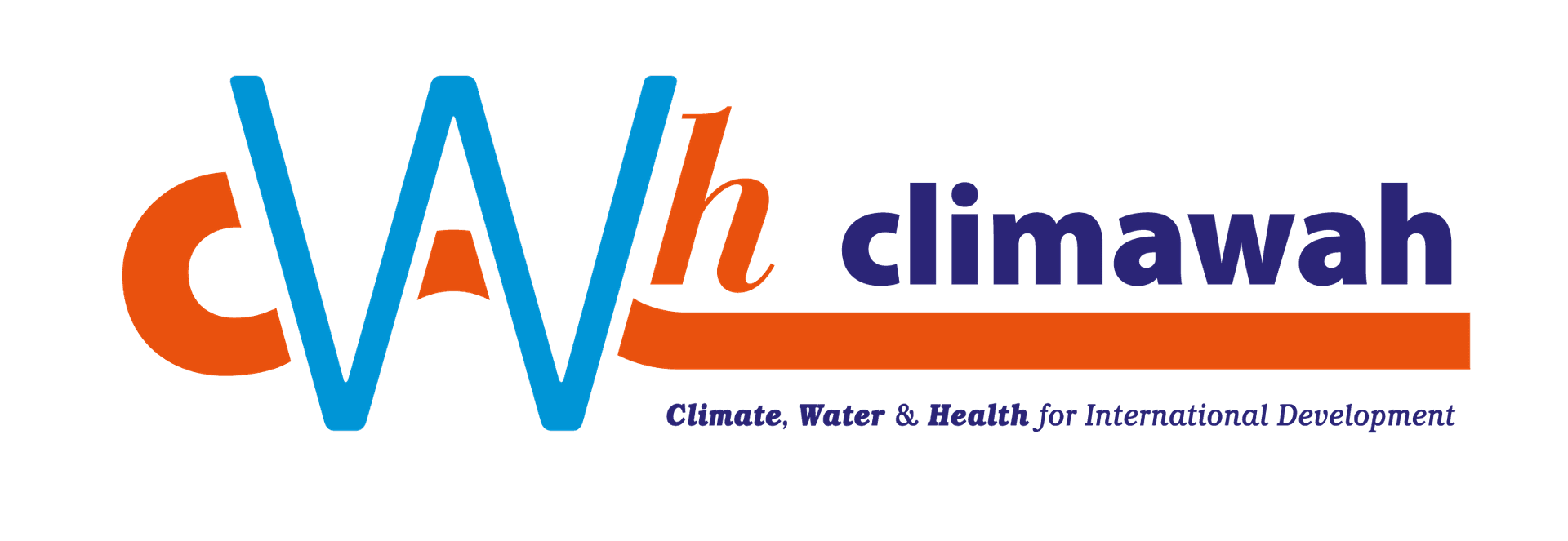Exploring the Essentials of Economic Evaluation
Understanding Economic Evaluation
Economic evaluation is a crucial component in the decision-making processes of businesses, governments, and organizations. It enables decision-makers to assess the value for money of different projects or interventions by comparing their costs and benefits. This analysis is essential in optimizing resource allocation and achieving desired outcomes effectively.
At its core, economic evaluation involves a systematic approach to determine the economic worth of an initiative. This can involve various methods, including cost-benefit analysis, cost-effectiveness analysis, and cost-utility analysis, each offering unique insights into the potential impact of a decision.

The Importance of Cost-Benefit Analysis
Cost-benefit analysis (CBA) is one of the most widely used methods of economic evaluation. It involves quantifying the costs and benefits associated with a project or policy to determine its net value. By assigning monetary values to both tangible and intangible factors, CBA helps decision-makers to weigh the pros and cons effectively.
One key advantage of CBA is its ability to provide a clear-cut metric—net benefit—which makes it easier to compare various projects or policies. This method is particularly useful in public sector decision-making, where resources are limited, and the impacts of decisions can be far-reaching.
Steps in Conducting a Cost-Benefit Analysis
Conducting a CBA involves several essential steps:
- Identifying Costs and Benefits: This includes direct, indirect, tangible, and intangible factors.
- Quantifying Costs and Benefits: Assigning monetary values to all identified factors.
- Discounting Future Values: Adjusting for the time value of money.
- Comparing Costs and Benefits: Calculating the net benefit or cost-benefit ratio.
This structured approach ensures that all relevant factors are considered and that the evaluation is comprehensive and objective.

Exploring Cost-Effectiveness Analysis
While cost-benefit analysis is valuable, it may not always be feasible to assign monetary values to all benefits. In such cases, cost-effectiveness analysis (CEA) becomes an alternative. CEA focuses on comparing the relative costs of achieving a specific outcome, often measured in natural units like lives saved or diseases prevented.
CEA is particularly beneficial in healthcare and environmental policies, where outcomes are not easily monetized but are crucial for societal well-being. By focusing on efficiency, CEA helps in selecting options that deliver the most significant impact for the least cost.
The Role of Cost-Utility Analysis
Cost-utility analysis (CUA) is another important tool in economic evaluation. It expands on CEA by incorporating quality-adjusted life years (QALYs) or disability-adjusted life years (DALYs) as outcome measures. This approach allows for a more nuanced understanding of how interventions affect both the quantity and quality of life.
CUA is instrumental in healthcare decision-making, providing insights that balance costs with changes in health outcomes. This method helps prioritize interventions that offer the greatest improvement in population health per unit cost.

Challenges in Economic Evaluation
Despite its usefulness, economic evaluation is not without challenges. Accurately predicting costs and benefits can be difficult, especially when dealing with long-term projects or intangible outcomes. Additionally, assumptions made during evaluations can significantly influence results, necessitating transparency and sensitivity analyses.
Furthermore, ethical considerations may arise when assigning monetary values to human life or environmental assets. These challenges highlight the importance of using economic evaluation as a tool for informed decision-making rather than a definitive answer.
Conclusion
The essentials of economic evaluation provide a foundation for making informed and strategic decisions across various sectors. By understanding the methodologies and challenges involved, stakeholders can leverage these evaluations to maximize value for money and achieve optimal outcomes. As we continue to face complex global challenges, the role of economic evaluation will remain vital in guiding sustainable and efficient resource allocation.
